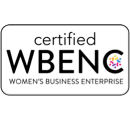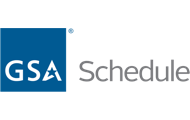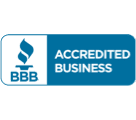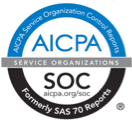No business can exist without customers and a business cannot ensure long-term success without focused attention to their customer’s experience. Typically, in-store or in-person customer experience is given large focus, but customers often leverage the contact center to get the service and attention that they want from an organization. Today, there is an increasing need for businesses to step up their efforts and to offer customers options including self-service, email, and chat as well as provide social media customer service on the very public social channels.
With all the diverse touch points that customers can use to connect to your organization, it is important to understand the level of service being provided by your customer service representatives. Benefits of a quality monitoring program extend beyond just the ability to improve service level as a large amount of data can be mined that provide invaluable insights. Organizations can avoid compliance violations, discover process gaps, enhance products or services, and improve coaching and training for their representatives.
Occasionally, organizations are not aware of all of the diverse solutions that quality contact monitoring can provide. Though some aspects of the program design and methodology are formulaic, there are many factors that can be considered when customizing a program. It may be confusing to pinpoint which options are best suited for your needs. Here are a few considerations to better discover which Quality Monitoring Program is right for your organization:
- Goals: Program goals can range from tactical, strategic, technical, or even behavioral. Sometimes a program will need to be implemented organization-wide or it may vary from site to site with different goals assigned to each.
- Size and scale of program: Depending on the size of the organization, customer base and number of contact centers, the volume of interactions to be monitored will vary. In addition, the complexity of the call, language skills needed, type of technology leveraged, and number of data points assessors must analyze will all contribute to the program scale.
- Type of calls: Contact centers service a variety of functions from technical support to billing and more. There are sales-driven calls and there are also compliance calls, such as those for the healthcare and finance organizations that require special attention to technical procedure and consistency.
- Channels: Contact centers can offer customer service on multiple channels including chat, calls, email, and social media. These channels must be in sync and deliver quick, seamless service in order to connect with customers when and how they prefer.
- Vendor Management: Organizations can use internal contact center representatives or use a 3rd party vendor. The sites can vary from domestic locations to global locations. Each type of environment provides different challenges and opportunities and must be addressed differently.
- Key Outcomes: Agent performance improvement, of course, is paramount to any Quality Monitoring program. The level of customized reporting and analytics will provide key insights into additional areas of opportunity, such as coaching and training, or pairing quality contact monitoring with consulting to better connect the contact center with the overarching business strategy.
There are many ways to leverage a Quality Monitoring program for your business. To learn more about our programs and what approach is right for your business, contact us.




